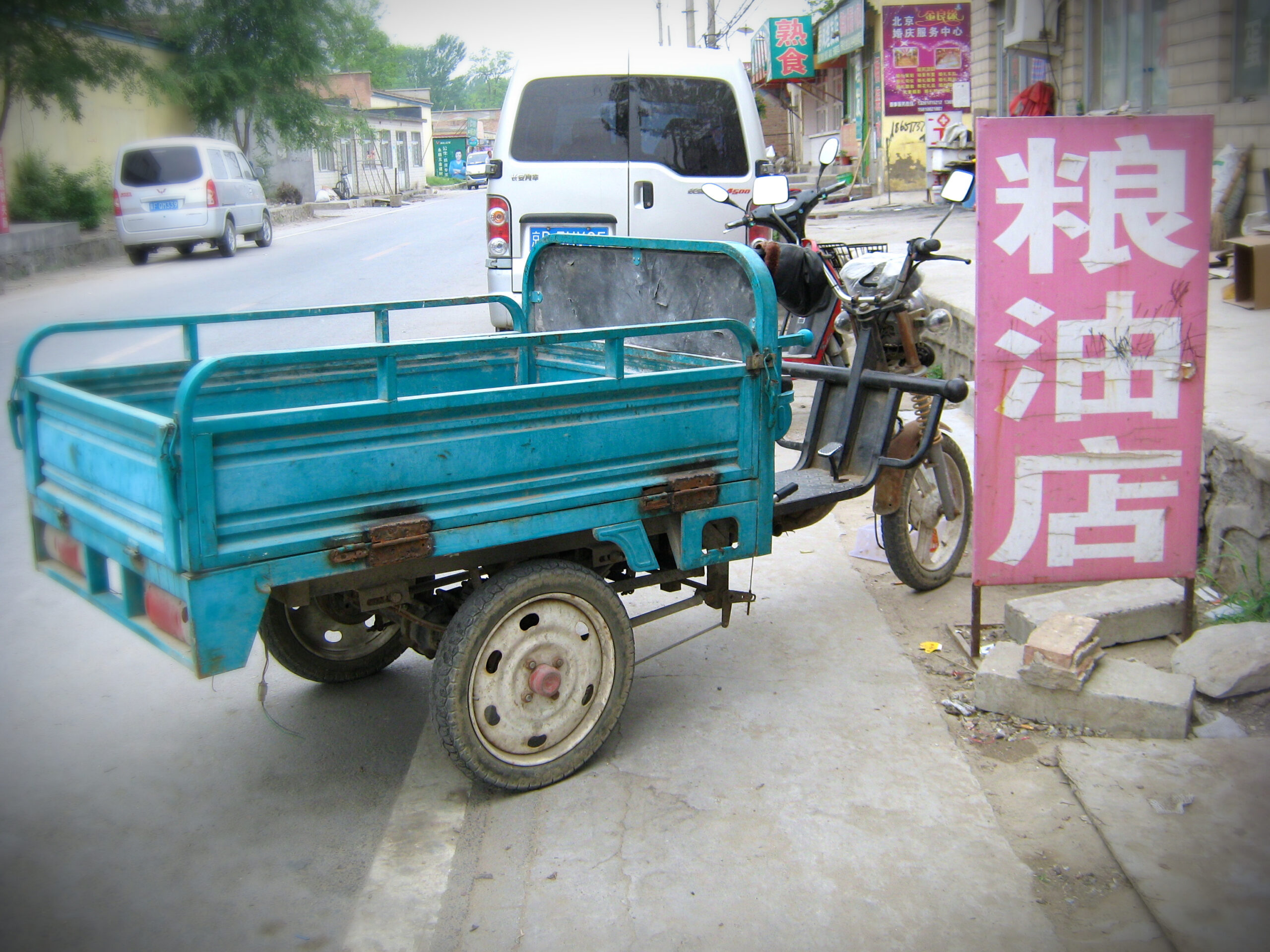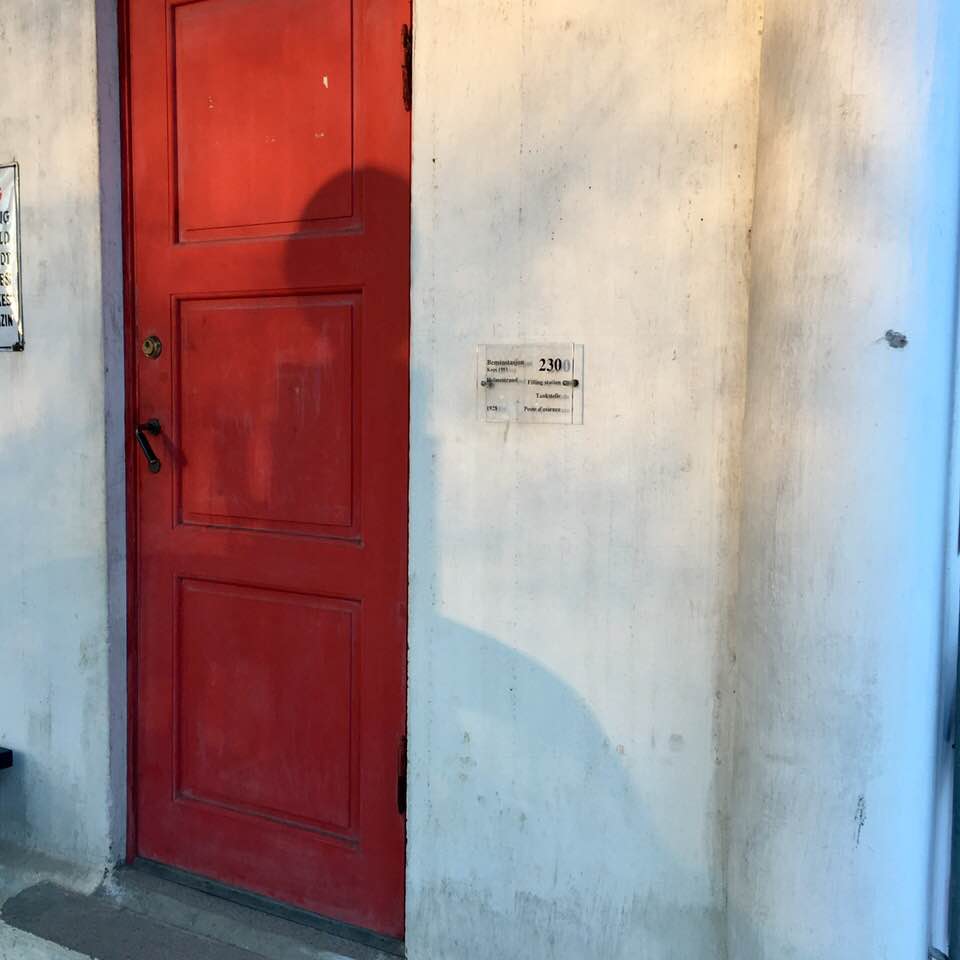
Semana Santa: A Powerful Experience in Malaga, Spain
I think it was the blare of the horns that woke me first, but it was the drumbeat — like a heartbeat — that kept me awake.
The Semana Santa processions had begun back on Palm Sunday, the day I arrived for a solo trip with my young daughter in Malaga, Spain, a port city on the Costa del Sol.
This was my first international solo trip with a child. My daughter and I had read much about this series of Holy Week spectacles before our trip. But nothing really prepared us for the parades, which somehow seemed solemn, reverent, celebratory and even a bit intense all at once. No Trip Advisor forum can quite compare to being there.
With five or six confradias taking to the streets every afternoon or evening and parading for five or six hours each, we would see many processions during our stay. Each was different; all were wonderfully mysterious.
But on our third night in Malaga, the noise woke me from a sound sleep. We had the great fortune to find a deal on the beautiful Centro Malaga Hotel just over the bridge from the old city center, the source of all the action. Earlier this night, one of the longest and grandest processions had made its way down Calle Marmoles in front of our hotel. The street had been crammed for hours with restless bystanders, but we watched from a comfortable perch in the hotel staircase looking down on the scene, high above the little old ladies throwing elbows and the strollers nipping at others’ heels.
And now, hours later, it seemed that same procession was finally making its way back from its circuit to the cathedral. It was 4 a.m. — were people really still walking? Were people really still watching? Another blare of horns and choppy voices from the street below told me yes.
Then, once again, I heard that heartbeat — the drums, keeping time for the tight rows of men bearing the grand shrine on their shoulders. Thud-thud. Thud-thud. Thud-thud. Just as if through a stethoscope. It echoed down the narrow veins of the city.
Giving up any pretense of sleep, a pipe dream anyway with the time difference, I slipped out the door and up to the rooftop patio. I couldn’t see the procession, but I could hear it: The heartbeat, bouncing off the centuries-old brick walls. The breeze cool but without bite, I stayed a while looking into the glittering night, contemplating this city and its grandest fiesta of the year.

A Unique Festival in Malaga, Spain
Semana Santa is a tradition throughout the country, but it is truly legendary in Malaga, Spain, and not just because Antonio Banderas returns to his hometown each year for the event (though that was pretty exciting).
The massive Holy Week processions are meant to recall Jesus’ long walk to Golgatha, his suffering and dying on the cross, and the great sorrow of his mother, Mary. The confradias, or brotherhoods, maintain elaborate pasos (religious statues) depicting Jesus, Mary or both in stages of agony and despair. Decorated with gemstones and dressed in brocade and lace, the statues sit atop massive thrones of carved precious metals, draped in flowers and covered in candles.
Their lavishness speaks of a deep devotion — why else would you sew a tiny frock of gold thread and make teardrops of diamonds? It’s your grandma’s doily collection times ten thousand.
Even more stirring are the characters in this drama. After making a long walk from the bus to our hotel when Mia and I arrived that Palm Sunday afternoon and quickly depositing our things, my daughter and I slipped into the throngs on the street and followed the sound of drums to a spot on some stone stairs. We waited expectantly with the growing crowd to see what would come around the bend.
First, the men in tall pointy hats … yes, they look a little like the Ku Klux Klan. Rather than hiding their faces to commit evil, however, they are hiding their faces in shame for the evil they have committed. Penitent, they wear cassocks to evoke sackcloths. Much as I understood this, it still was more than jarring to see a symbol associated with the persecution of so many — including, at times Catholics — used in a uniquely Catholic celebration. Of course, Spain was wearing pointy hats first.
Next came the incense bearers. It’s the smell of high liturgy, for me an instant reminder of a silent church and a really long Mass. It mingled with the odors of patatas bravas cooking in the street carts along the processional routes and still rose pure and sweet through the air.
The crowd swelled, so we squished a little tighter and leaned to see down the street. Dramatic pause verged on boredom. At last, the pointy hats and swinging urns inched forward, and our first real Semana Santa experience came around the bend.
The sun in the west glinted off the gleaming metal and wood frame. Joyful applause rippled through the crowd, and we joined in, feeling a little odd about clapping for such a grim reminder of Christ’s agony to come. Perhaps it was appropriate: Jesus was greeted with praise and palms as he entered Jerusalem on this day centuries ago, just a week before he was greeted with slurs and spit. But the throne was an applause-worthy sight, and the solemn penitents smiled quietly with pride.
The men bearing the throne were lined up shoulder to shoulder. They were eight across in rows only as wide as they were, just their heads visible through the beams that stretched in front of and behind the shrine and supported it. There were perhaps 30 men in each row along the sides — shorter rows shouldering the burden in front of and behind the colossal monument. They were like rowers in the belly of a ship … or Jesus bearing the cross on his own tired shoulder.
The tight group inched along in step with the drums. The shrine, built to rock, swayed overhead. Bigger-than-life statues of Jesus and other players in the Passion rode above the crowd.
As the shrine crept off down the street into the setting sun, with a band marching behind and a man trailing with a cloud of foil balloons like the hope of the resurrection itself, the crowd loosened, seeking more candied apples and almonds from the street vendors.


The scene would repeat itself all week. As we walked about, visiting the sites of Malaga in the afternoons, we would hear the drums approach. Everyone would cluster at the intersection, straining to see over taller people in front, trying to glimpse the latest extravagance. The pointy hats, the swinging incense, the shrine, the applause, the band and a man with a giant bouquet of foil balloons — the parades had a certain rhythm after a while.
The one on our own Calle Marmoles that third night seemed to have the biggest crescendos. We knew it must be exceptional, judging by the size of the crowds. Even in late afternoon, the onlookers formed staunch outposts at the best spots along the route.
At dusk their patience was rewarded with a sight new to us: a military group nearly goose-stepping down the street in crisp green uniforms. The Nazi imagery only heightened my discomfort with the Klan-style pointy hats. A rifle team entertained the crowd during long pauses while the shrine-to-come navigated the streets some distance back. They brought to mind thoughts of high school band routines—only our girls weren’t tossing and twirling weapons with live rounds.
At last the military procession crept over the bridge past our hotel, and the front of the parade settled in before us. There was a dramatic pause again as minutes ticked away to the beat of the drums. When the wait for the rest of the procession stretched into an hour, drunken revelers broached the police tape to stumble around the semi-poised penitents, family members slipped in to offer their loved ones snacks and kisses for the road ahead, and parents with strollers boldly strode between the parade and the crowd, finding that progress easier than chewing a path on the heels of bystanders.
Restlessness threatened to overtake even the confradias when finally the drums moved forward, and we were rewarded for our patience with a white, candlelit confection. From our vantage point, it looked like a giant sheet cake … or maybe a flag-draped casket, again representing both celebration and death, resurrection made possible by crucifixion.


We quickly discovered why this procession caused such delay and anticipation: The sheer size of this burning beauty required its bearers to stop and rest often. A bell would ring, the men would squat to rest the throne on its long legs, and they would stand up free of their yokes like some flower blossoming in fast forward. They seemed to nod and chat a bit, even engage with the crowd until the bell rang again. Then that white blossom would contract, fold up tight and stoop to again lift its burden.
Off it would sway a few more yards, trailed by children in fluffy white gowns, looking from above like swirling angels as they burned their restless energy in the circle their accompanying parents formed to protect them from the crush of the crowds.
We watched until we couldn’t see any more. The swarms of onlookers drifted away, reconvening near another intersection or around a vendor serving up patatas in foil. After a short stroll down the trash-strewn street ourselves, we gave in to the night and went to bed.
But only for a short while. The horns woke me first, but it was the heartbeat that kept me awake. It was much like the heartbeat of Spain, where drama and faith and celebration pulse throughout the culture, where dinner is late and bedtime later because there is life to be lived on the street, and even work the next day is made manageable with siesta.
They say there is a different fiesta every week in most every part of Spain. And we had seen Malaga’s most grand, passionate and proud. I can sleep another day, I thought, as I looked out at the sparkly blue night and breathed the air that carried incense and the still-thundering heartbeat, a rhythm acknowledging death but celebrating life.

Although we strive to provide the most current information, bars, restaurants and attractions mentioned may close at any time, operate with a limited menu or reduced hours, or have takeout options only. We recommend checking individual websites for operating hours and updates before visiting. The views expressed on this website represent the opinions of the authors; we encourage you to form your own opinions and confirm any facts.



